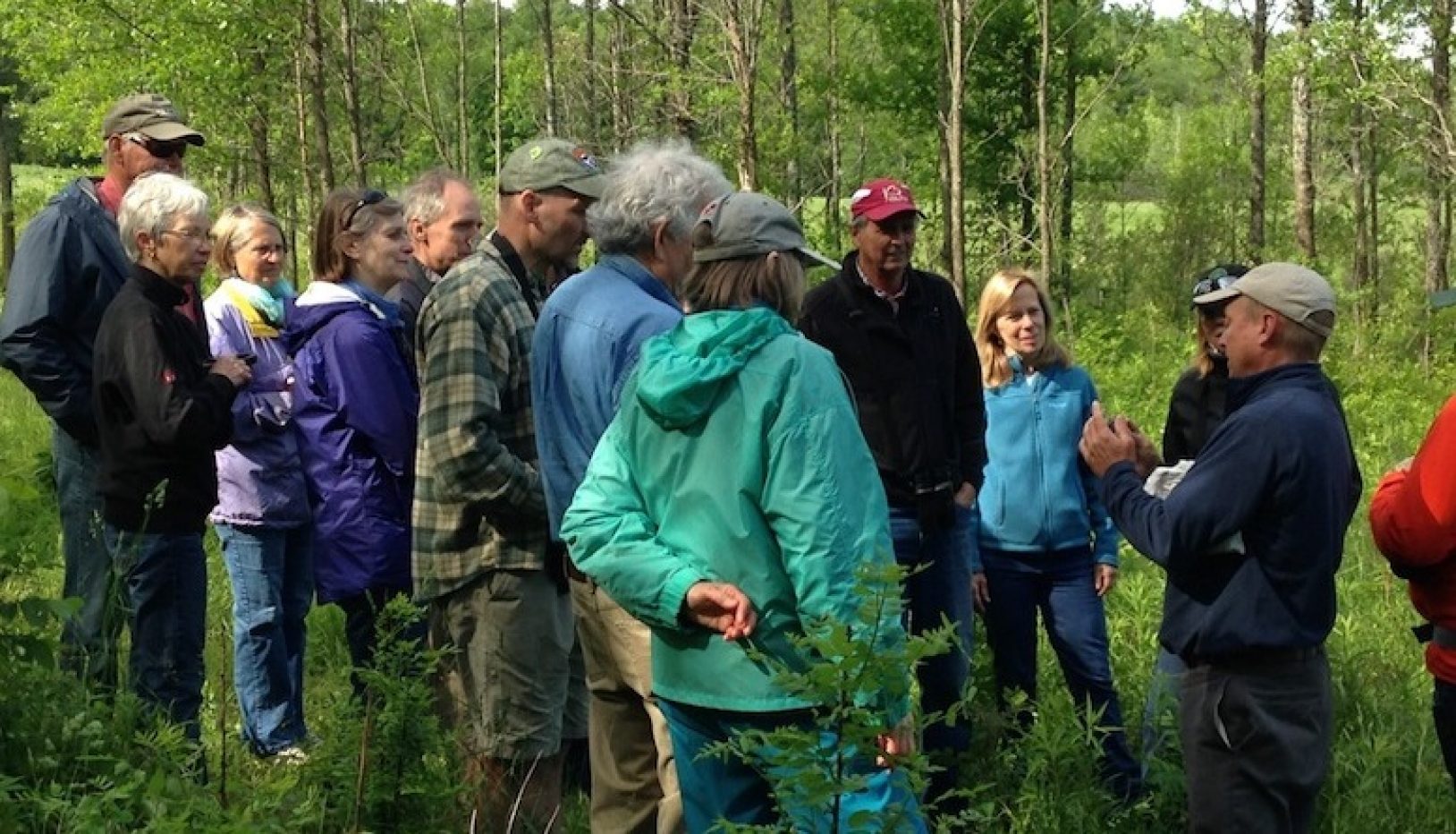I grew up in a part of Ohio where rural vistas and pastoral landscapes were common. As I left for college, developers began slowly buying up large estates and suburban sprawl was creeping into the allure of the rolling pastures and wooded hillsides. The Chagrin River Land Conservancy, now the Western Reserve Land Conservancy and largest land conservator in Ohio, was trying to secure easements on private lands to preserve the feel of this bucolic countryside and protect critical habitat within the Chagrin River watershed.
Land trusts, like the Western Reserve Land Conservancy, are an increasingly popular mechanism to protect private lands and conserve wildlife, such as birds, and their habitats. Through fee acquisitions, voluntary conservation easements, and stewardship, land trusts have become powerful agents of land protection and their reach continues to expand. From 2005 to 2015, more than 1,700 state, local, and national land trusts in the U.S. have doubled their land holdings to 56 million acres – an area larger than all New England states combined and 70% of the land area protected by National Parks.
Land trusts can help birds, and birds can benefit land trusts. In 2013, the Cornell Lab of Ornithology launched a Land Trust Bird Conservation Initiative with the Land Trust Alliance aimed at developing and growing mutually beneficial collaborations between land trusts and the bird conservation community. To help guide the initiative, we conducted a national land trust needs assessment to determine what obstacles were impeding successful conservation work on private lands. Two key findings suggested land trusts needed help: 1) locating and interpreting bird conservation resources and tools, such as habitat management guides and bird population data, and 2) acquiring funding to build capacity and implement conservation.
In response to the needs assessment, we built a website for land trusts that provides bird-related resources, eBird tutorials, and partnership and funding opportunities to increase the momentum and impact of conservation through birds. We aim to build the capacity of land trusts to meet their own goals and achieve strategic bird conservation on private lands. We support land trusts in prioritizing lands for bird conservation, building collaborative relationships, developing and implementing bird monitoring projects, managing habitats, developing successful funding proposals, and increasing their community support.
In spring 2017, we addressed the second finding by launching a land trust small grants program to facilitate collaborative bird conservation projects. Partners are encouraged to use funds as leverage to build capacity that will achieve conservation goals. Such a program provides partnership opportunities for the sponsoring agency, capacity building with private stakeholders, and increases the agency as well as sponsored group’s ability to produce successful conservation outcomes.
Four land trusts or land trust partners were awarded $5,000 grants in 2017:
- The Columbia Land Trust, with a service area in Oregon and Washington, is creating the East Cascades Oaks Partnership to better understand the science and unique management challenges associated with the highly threatened East Cascade Oregon white oak habitat, as well as engage stakeholders in long-term solutions.
- Audubon Vermont is creating The Golden Chain Collaborative with six land trusts in the Champlain Valley to map protected and unprotected properties appropriate for young forest management, create an outreach strategy, draft flexible habitat assessments and voluntary recommendations for landowners, and engage in on-the-ground conservation.
- The Central Colorado Conservancy is using field data of Lewis’s Woodpecker locations and eBird to drive land protection, resulting in direct conservation of old-growth riparian habitats in the Colorado Rockies and improved conservation planning within the land trust.
- The Kennebec Estuary Land Trust is establishing a volunteer bird-monitoring program, training volunteers to use eBird, and making bird conservation a more proactive component of land acquisition and management decisions in the Lower Kennebec and Sheepscot River estuaries of Maine.
We are excited about collaborating with land trusts and their partners in accomplishing bird conservation and habitat planning on private lands. We invite you to help us support this effort by actively working with your local land trust. I hope that your local land trust will make as big an impact on you and the private land in your community as the Western Reserve Land Conservancy did for me in my youth and is continuing to do today in northern Ohio.
For more information, visit www.birdtrust.org or contact Sara Barker, sb65@cornell.edu.

